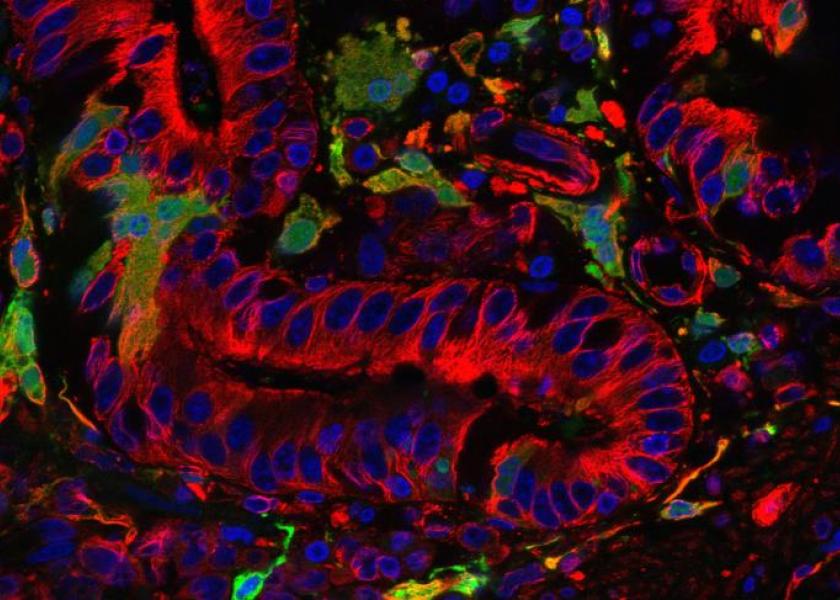UK Destroys Remaining Samples of Rinderpest Virus

When the rinderpest virus broke out in Africa in the 1890s, death loss in cattle herds across eastern and southern Africa reached 80 to 90%. That triggered a massive famine, with millions of people dying, including as much as one-third of the human population of Ethiopia.
Rinderpest continued to plague farmers in Europe, Asia and Africa for decades, with eradication efforts largely unsuccessful until the 1950s and 1960s, when Walter Plowright developed an effective vaccine against the virus. A global vaccination effort aimed toward eradication followed, and the last confirmed case of rinderpest was reported in Kenya in 2001.The World Organization for Animal Health (OIE) declared the disease eradicated in 2011.
This month, the Pirbright Institute in the United Kingdom destroyed its final archive stocks of rinderpest virus held in the World Reference Laboratory for rinderpest, accounting for most of the world’s remaining samples. Some of the samples dated back to the 1950s. A few highly secure laboratories around the world have maintained virus samples for use in creating new vaccines if needed. Ultimately though, the OIE and the Food and Agricultural Organization (FAO) at the United Nations hoped to eventually destroy those stocks to prevent accidental reintroduction.
Genomic technology allowed Pirbright scientists to sequence and record the genetic code of each viral sample, which eliminates the need to maintain actual virus samples. They hope that use of genomic sequencing will soon allow other laboratories to destroy the few remaining virus samples.
Read more from the Pirbright Institute.
For more on eradicating livestock diseases, see these articles from BovineVetOnline:
OIE Challenges Animal Health Industry To Remember Rinderpest
Countries Reaffirm Will to Globally Eradicate PPR
New Zealand to Spend $600 Million to Eradicate Cattle Disease
BVD: Biosecurity, vaccination and diagnostics







